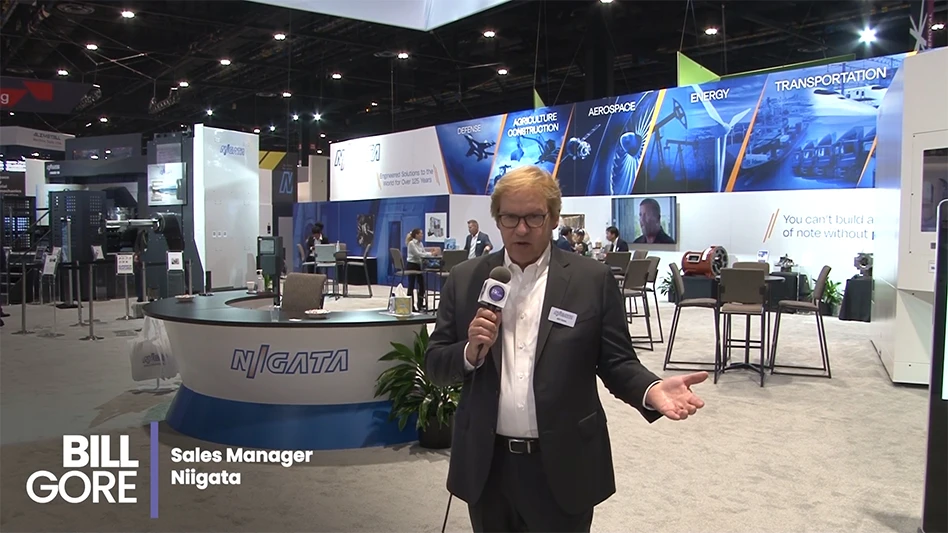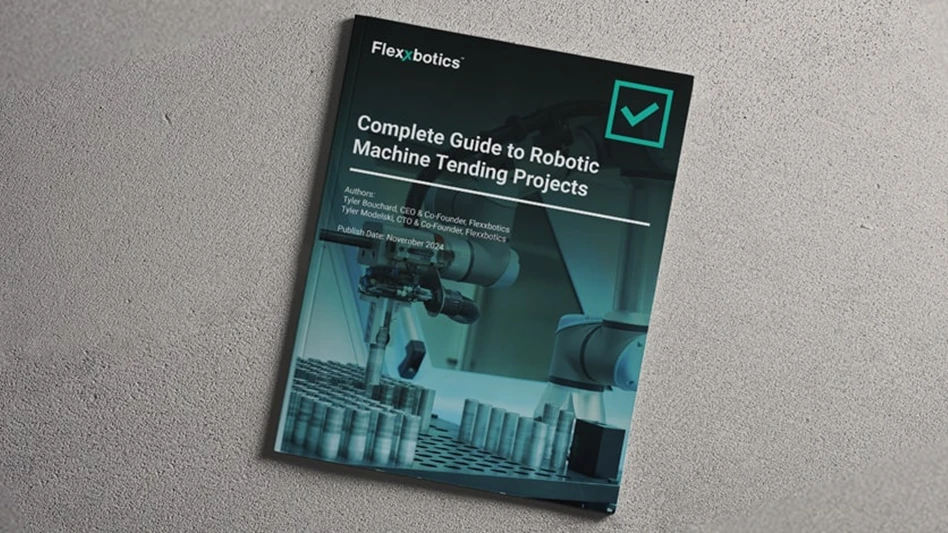Already extensively used in aerospace, semiaustenitic stainless steel 17-7 PH is finding new applications in the medical industry. The material is most often used in sheet and strip form, with springs, clips, and bellows being widely produced. The high alloy content of 17-7 provides excellent corrosion resistance, an attractive attribute to the medical industry.
After annealing at 1,950°F, 17-7 remains austenitic on cooling to room temperature. It is soft and ductile in this Condition A state, and may be fabricated similar to other austenitic stainless steels (e.g. 304). After fabrication, a sequence of thermal treatments significantly strengthens the steel first by transforming the austenite to martensite, and then further strengthening it by precipitation hardening (PH). Interestingly, transformation from austenite to martensite can be achieved by mechanical deformation that metallurgically is classified as a strain-induced phase transformation for the highest obtainable strengths. This phenomenon, however, is not discussed in this article. What is covered is how the attractive properties with enhanced ductility – other than those classified as standard precipitation hardening (PH) conditions – can be consistently obtained using a three-step vacuum heat-treatment process developed by Solar Atmospheres.

Austenite conditioning
Transforming austenite to martensite with 17-7 starts with a heat treatment termed austenite conditioning. The austenite becomes destabilized by the precipitation of carbon. Two standard temperatures are used for austenite conditioning, 1,400°F or 1,750°F. The martensite start (Ms) and finish (Mf) temperatures vary depending on the treatment used. At 1,750°F, less carbon precipitates than at 1,400°F, and as such, requires lower cooling temperatures to complete the martensitic transformation. Cooling to below -90°F is specified for complete transformation, after which the steel is in Condition R. More carbon precipitates with the 1,400°F treatment, which raises the Mf temperature to about 60°F, resulting in Condition T. The martensite transformation considerably increases the typical yield strength of the steel in Condition T over the annealed Condition A state, as shown in Table 1.
Following martensite transformation, 17-7 is further strengthened by a low temperature precipitation hardening treatment (also called aging). Industry standard is to age the R condition at 950°F for one hour, resulting in an end condition of RH 950. The T condition is aged at 1,050°F for 90 minutes, resulting in an end condition of TH 1050. Typical room temperature mechanical properties are listed in Table 2. As is readily apparent, very high strength properties are obtained. TH 1050 provides more ductility at a reduced strength level.
.jpg)
Investigation
The intent of this study was to develop a three-step heat treatment process that could be performed in a vacuum furnace without breaking vacuum between the austenite conditioning step and the PH step, which is normally required to adequately cool parts for martensite transformation. This is desirable because it can be difficult to maintain a bright appearance on 17-7 during the PH treatment after opening the furnace and exposing it to ambient temperature air that invariably contains water vapor in a typical heat-treatment shop environment.
Working with the medical industry, the thought was to develop an in situ process where a desirable set of mechanical properties could be consistently obtained. A medical device design could be based on the established set of mechanical properties, and the medical company could reap the benefit of bright parts at reduced heat-treatment costs. This reduction comes from eliminating the need to remove parts from the furnace for a separate cooling step. As a baseline, the new set of mechanical properties and microstructure characteristics were compared to the standard Condition TH 1050, the most common condition specified in industry.
A review of literature on the subject of precipitation hardening stainless steels reveals interesting data that were the principal reason for initiating this study.
AK Steel published a graph showing how the Ms temperature varies with the austenite conditioning temperature, Figure 1.
 Postulating that raising the Ms temperature will also raise the Mf temperature, an austenite conditioning temperature of 1,500°F was chosen as the experimental starting point. Given that a 1,400°F conditioning temperature requires cooling to 60°F to complete martensitic transformation, it was interpolated from the Ms curve that conditioning at 1,500°F may produce an Mf at 80°F (provided the conditioning time allowed for adequate carbide precipitation). This higher Mf temperature happens to be ideal for processing 17-7 PH at Solar Atmospheres in a vacuum furnace owing to an innovative gas cooling system installed on one of Solar’s HL-57 size furnaces (36" x 48" x 30"). This out-of-the-box thinking, coupled with Solar’s existing technology, allows for the cooling of the workload to 80°F from the estimated Ms of 185°F within one hour, which is the time limit recommend for Ms to Mf for Condition T. Solar has coined this state Condition S.
Postulating that raising the Ms temperature will also raise the Mf temperature, an austenite conditioning temperature of 1,500°F was chosen as the experimental starting point. Given that a 1,400°F conditioning temperature requires cooling to 60°F to complete martensitic transformation, it was interpolated from the Ms curve that conditioning at 1,500°F may produce an Mf at 80°F (provided the conditioning time allowed for adequate carbide precipitation). This higher Mf temperature happens to be ideal for processing 17-7 PH at Solar Atmospheres in a vacuum furnace owing to an innovative gas cooling system installed on one of Solar’s HL-57 size furnaces (36" x 48" x 30"). This out-of-the-box thinking, coupled with Solar’s existing technology, allows for the cooling of the workload to 80°F from the estimated Ms of 185°F within one hour, which is the time limit recommend for Ms to Mf for Condition T. Solar has coined this state Condition S.
17-7 in Condition TH 1050 is a fair bit overaged; while in Condition RH 950 it is only slightly overaged, (900°F produces maximum strength but minimum ductility). It also is known with 17-7, maximum transformation of austenite to martensite equates to maximum strength. Given that the true Mf for the newly chosen conditioning temperature of 1,500°F is not established, it was decided to select a PH temperature of 950°F, considering that this would produce higher strength than a 1,050°F age, but not minimum ductility even if fully transformed like Condition R. Table 3 shows the tensile properties of the new Solar heat treatment Condition SH 950 compared to standard Condition TH 1050 that was heat-treated by Solar with 17-7 of the same heats of steel.
SH 950 produced comparable yield strength, higher tensile strength, and on average twice the ductility of TH 1050. SH950 was accomplished in a three-step heat treat process without breaking vacuum for martensitic transformation cooling, resulting in bright, non-discolored parts. The quality of the microstructure was evaluated and again revealed an advantage in that SH 950 exhibited superior results compared to TH 1050. Figure 2 shows the microstructure of both conditions. SH 950 shows considerably less delta ferrite stringers than TH 1050, which is likely due to the higher austenite conditioning temperature for a longer period of time used for SH 950. Delta ferrite is inherent to 17-7 and is not detrimental in the quantity revealed, but less is considered better. Less will result in better transverse tensile properties.

Summary
Because of its attractive combination of properties – very high, spring-like strength, good ductility, and excellent corrosion resistance – 17-7 PH stainless steel is widely used in industry. In order to obtain these properties, 17-7 must be heat-treated in a more controlled manner than many other alloys. Even within these controlled parameters, flexibility exists to obtain attractive properties other than those classified as standard PH conditions. This study shows that vacuum heat treatment technology offers a unique processing advantage to achieving desirable properties while producing bright, non-discolored parts in a cost-effective manner.
Using a three-step austenite conditioning, in situ transformation cooling, and precipitation hardening process performed without breaking vacuum resulted in a new condition of 17-7 that Solar Atmospheres has coined SH 950. Compared to the most common condition of 17-7 produced, TH 1050, Condition SH 950 showed comparable yield strength, higher tensile strength, and on average twice the ductility. The microstructure of SH 950 also appeared superior with respect to lower delta ferrite stringers being present.
These results were obtained with two separate heats of steel, which is most encouraging as it is known that 17-7 is quite sensitive to chemical composition variations in obtaining consistent mechanical property results. Similar outcome on another heat or two of steel indicates that a new medical device design, or a material change to 17-7 for an existing design, could be based on the newly established range of mechanical properties. A company would benefit by obtaining bright parts at reduced heat-treating costs using Solar Atmospheres’ in situ vacuum heat treatment process for 17-7 stainless steel.
Solar Atmospheres Inc.
www.solaratm.com
About the author: Don Jordan is the VP of Technology & Corporate Metallurgist for Solar Atmospheres Inc., located in Souderton, Pennsylvania. Jordan can be reached at 800.347.3236 or info@solaratm.com.

Explore the January February 2015 Issue
Check out more from this issue and find your next story to read.
Latest from Today's Medical Developments
- Best of 2024: #10 Article – Designing medical devices for every user
- Best of 2024: #10 News – 4 predictions for 2024: AI set to supercharge robotic automation
- Children’s National, FDA collaborate to advance pediatric device regulatory tools
- LK Metrology’s eco-friendliness CMMs
- Two patents for microfluidic valves
- AMADA WELD TECH’s blue diode laser technology
- Post-IMTS decline in manufacturing technology orders blunted
- ARS Automation’s FlexiBowl 200





